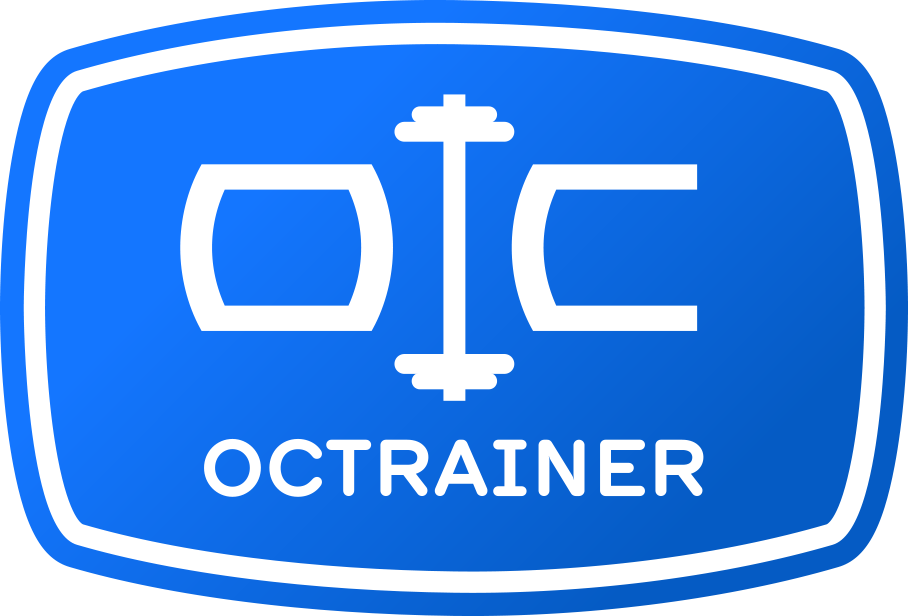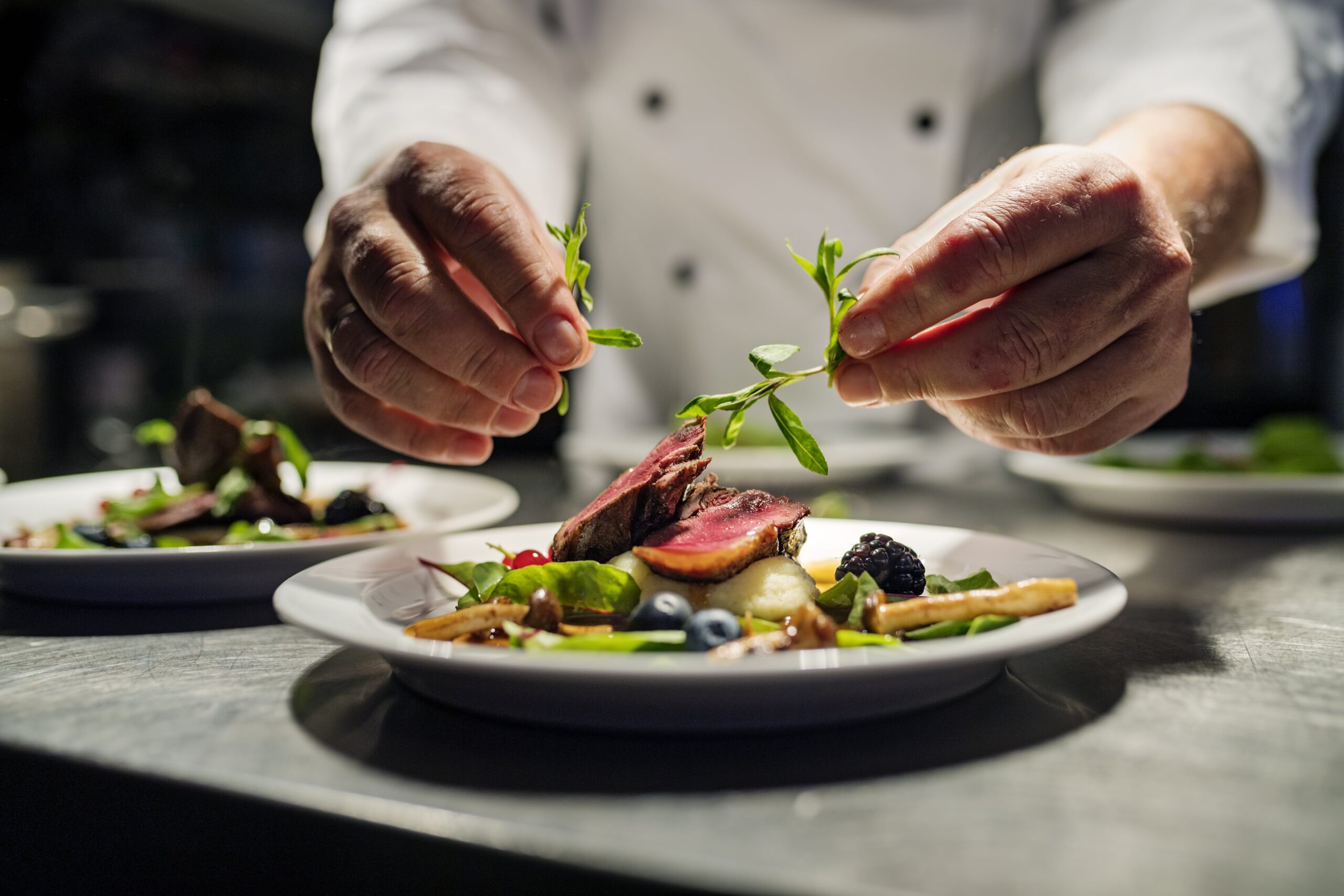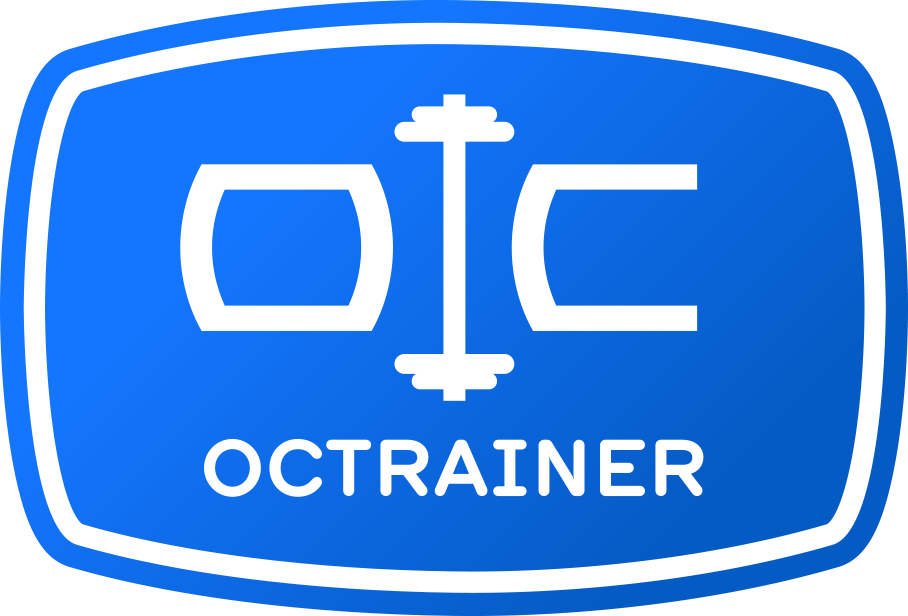Staying on track while eating out can be extremely difficult. There are many temptations that can easily throw off your progress as there is less control over the amount of food and ingredients that go in to making the food. For women, this is especially difficult as portion sizes in the US have continually increased over the years. On average women need slightly less calories than men but the portion sizes are the same for both. (Just what the research says, female power all the way!)
The University of Toronto analyzed the nutrition and calories for 19 sit down chain restaurants and found the average calories for a breakfast while eating out is 1,226 calories, lunch was around 1,000 calories, and dinner 1,128 calories. Let’s say you are eating out for every meal using these averages I just mentioned; that means you’re consuming almost 3,400 calories or more in just three meals. For majority of people, male or female this amount of calories wouldn’t be feasible for fat loss A.K.A. a calorie deficit. (Unless you are a highly active athlete, or a genetic anomaly.)
In contrast home cooked meals fall around 500-700 calories on average. If you eat 3 meals at 500-700 calories this puts you around 1500-2100 calories for the day. (Much different than the 3,400 you are getting while eating out.)
What happens if you travel often? Work late? Don’t have time to meal prep? What can you do to ensure you’re not ruining your progress from eating out?
Here’s some tips to implement an eating out strategy that has helped me maintain a 50+lb weight loss for over 6 years.
Plan ahead of time- If you know where you are going look at the menu and decide what you will be having prior to going. This may sound silly but a good plan can keep you on track.
Prioritize protein and fiber/vegetables first then eat your other macros- Protein is more satiating and filling up with this can help inhibit overeating the other foods. Carbs and fats when combined can be especially hard to stop eating. Research suggests we tend to overeat these more than we do protein or fiber. For example, eating a plate of chicken and vegetables is much harder to overeat, than chips and guacamole.
Get all dressings, and sauces on the side- Sauces typically have a lot of hidden calories and you have no control over how much the chef or cook puts on your food. I suggest getting it on the side and using what you need. Try ordering the way it comes, then order it with sauce on the side. I’m always slightly appalled by how much they use vs. how much I would use.
Remove condiments that don’t add a lot of flavor, but are high calorie- For me there are a few condiments I don’t miss that add 100’s of calories. When I go to places like The Habit and order a chicken sandwich (840 calories full blast) removing things like, mayo (1 TBSP= 100 calories), butter on the bun (1 TBSP= 100 calories), cheese (1 slice of cheese is around 100+ calories), saves me 300 calories at least. That 840 calorie chicken sandwich is now 540 calories. Instead I get things like, hot sauces (most all are around 0-10 calories per tablespoon), mustard (0 calories), or I add extra veggies like jalapenos, onions, red pepper, etc., to supplement the missing flavor, for a lot less calories.
If you are doing higher carb, eat lower fats- Look for meals that are high carb and low fat: rice, lean protein, and veggies for example. If you’re going to do higher carb, keep your fats (cheese, oils, mayo, butter, avocado, nuts, etc.) lower. There’s no magic to this but research shows eating meals that are both high in fat and high in carbs are easier to overconsume and are extremely calorie dense.
If you are doing high fat, eat low carb. Want the avocado or cheese on your burger? Skip the bun and order it lettuce wrapped. Are you craving a high fat protein like steak? Eat the steak and some veggies and skip the mashed potatoes and mac and cheese. Again, this isn’t magic but can save you on calories that add up later.
Want to have a meal that has both fats and carbs? Eat half of it- If the average meal out is around 1100 calories and you still want to enjoy the meal. Eat half and get the rest to go. Ask for a box when you get your meal and put half of it away. The portion sizes are usually large enough that taking some home won’t be that big of a deal and plus you can eat the rest later! Can anyone say yummy leftovers?
Skip the damn chips and breadbaskets- Eating breadsticks and chips endlessly can be really easy to eat as they are right in front of you. Problem is they are not very satiating. This adds lots of calories that I can guarantee you aren’t subtracting from your main meal. Most people eat 2-3 bowls of chips then their entire 1100 calorie meal, plus a few beverages. If they offer you chips or breadsticks, I say skip it.
You may get some looks, and this may seem like you’re not being “fun.” However, if your goal is fat loss, nailing the eating out portion of your life is crucial to long term success. Your goal is more important than the discomfort of asking for no mayo, or dressing on the side. These are also just suggestions, is there magic to any of these tips? No, they are here as a guide to make eating out in a calorie deficit a little easier.





